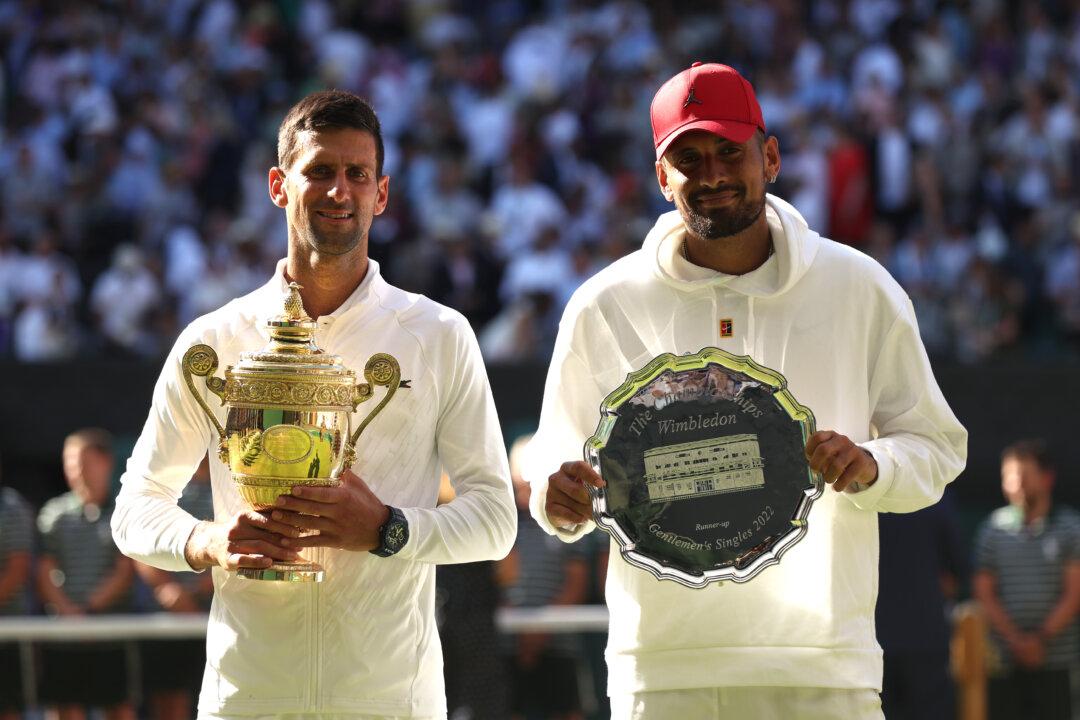Commentary
This year’s Wimbledon tennis extravaganza finished with a highly anticipated clash between the Serbian champion, Novak Djokovic, and the “bad boy” of tennis, Australia’s Nick Kyrgios. It was Kyrgios’s first Grand Slam final.

This year’s Wimbledon tennis extravaganza finished with a highly anticipated clash between the Serbian champion, Novak Djokovic, and the “bad boy” of tennis, Australia’s Nick Kyrgios. It was Kyrgios’s first Grand Slam final.